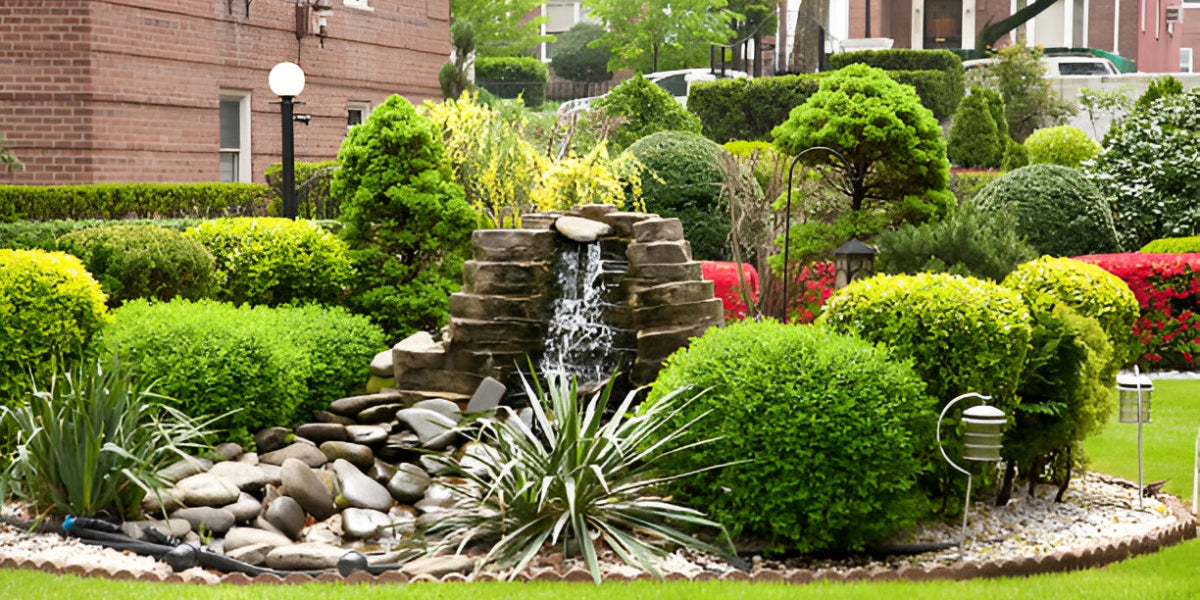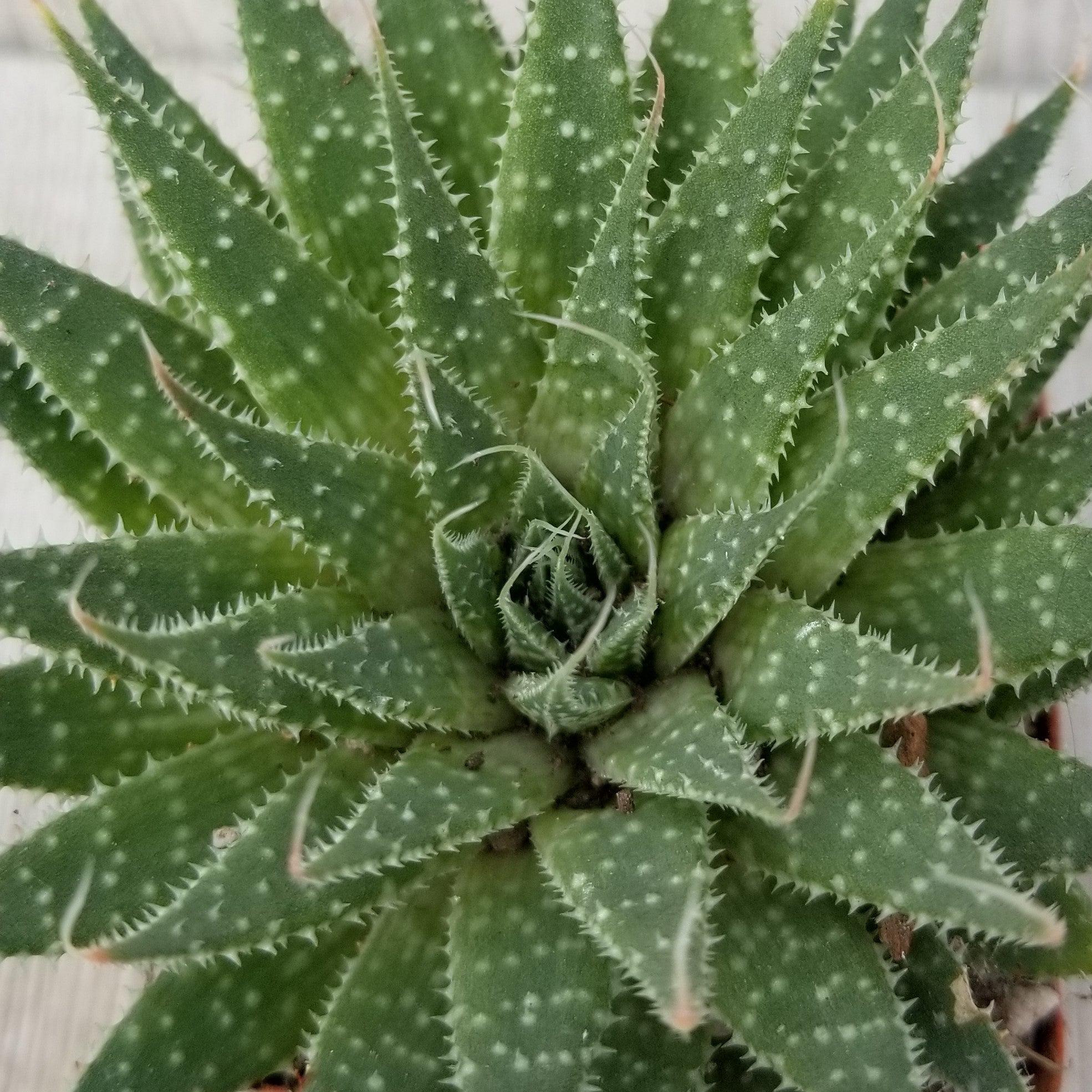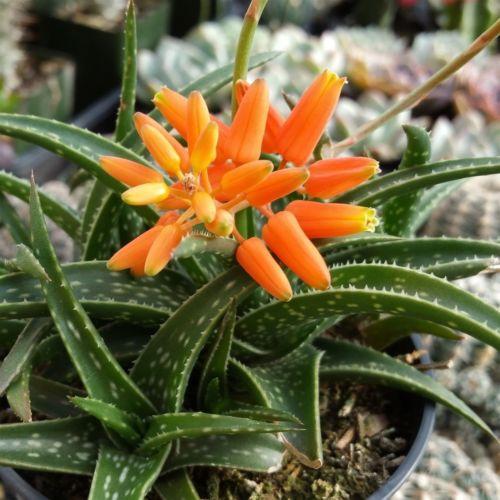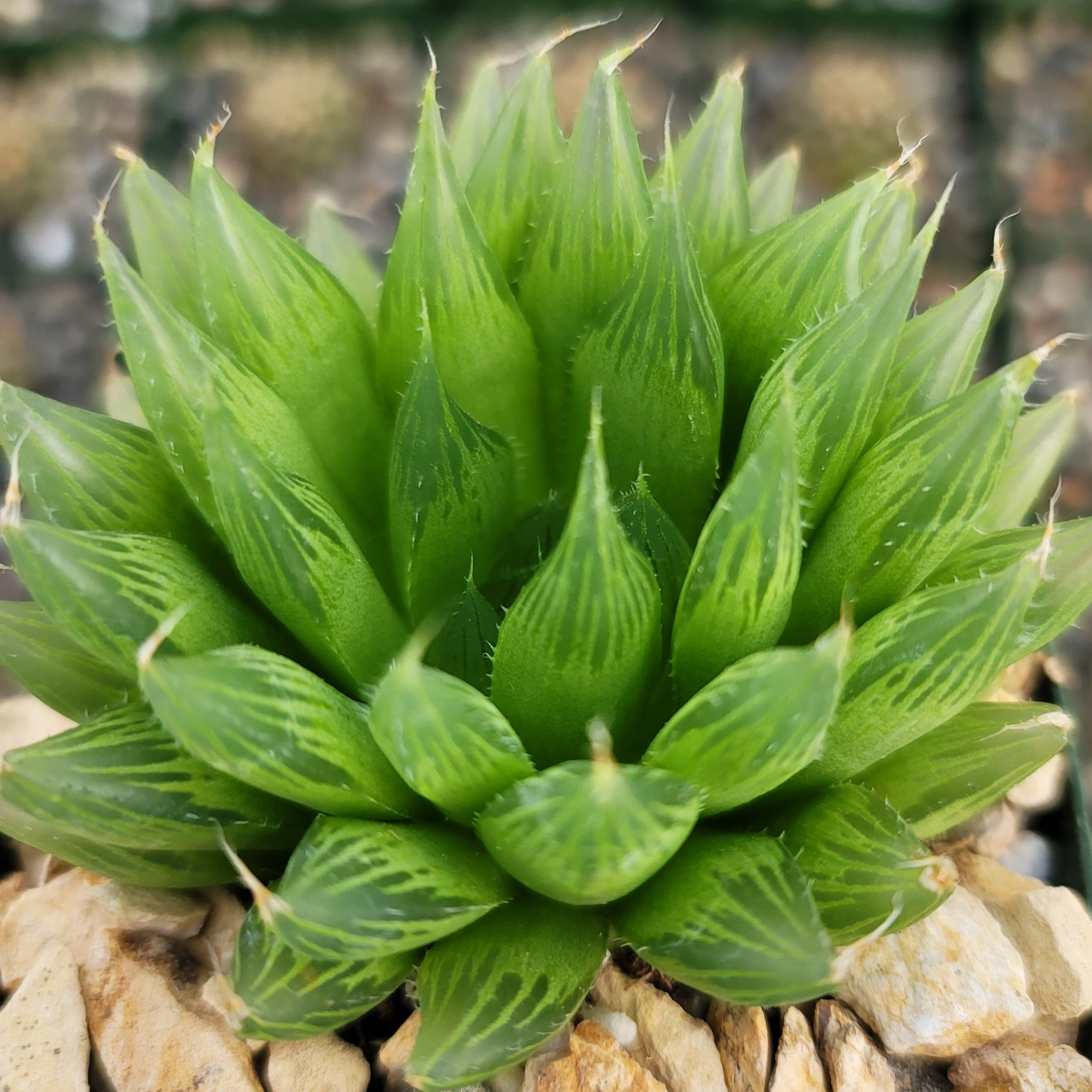Here are the 10 Most Famous Succulents to Grow
Updated: January 28, 2025

Are you a succulent lover? Do these charming ornamental popular types of succulents attract you with their simplicity and minimalistic maintenance? If yes, you are at the right place. That is because today, we will list out the ten most popular succulents of all time. These famous succulent plants are dear to all gardeners – beginners or experienced.
The reason behind the popularity of succulents, in general, is that they add greenery to your zone without asking you too much. It means that the trending succulents are pretty easy to grow and maintain. Alongside, the best types of succulents help keep the surrounding air clean and free from germs and chemicals.
Ten Most Popular & Famous Succulents to Grow
-
Burro’s Tail or Sedum Morganianum
Also called donkey tail plant, this is a drought-tolerant plant. It is heat-tolerant too. The lushness of the thickened sweeping stem looks amazing. The foliage is thick that grows on the donkey tail succulent and appears as if plaited onto the stem. The overall look is a grayish-green or bluish-green color with a distinct chalky, and fleshy appearance.
The best place to plant the sedum donkey tail is in a pot, in the garden, or on the patio as a landscaping element. The burro's tail succulent should be planted in the best pot for the burro's tail that drains off well.
Donkey tail flowers: the burro's tail flowers are star-shaped and tiny in size. They have pink sepals and yellow stamens.
Donkey tail plant care instructions:
- Light: Sedum morganianum burrito loves the full sun but ensures to acclimatize it first.
- Water: Regular watering of the donkey tail is a must. It can be fertilized during the growing season.
- Soil: Donkey tail succulent care tip is that you should choose a cactus potting mix so that the soil drains off well.
Propagating burro's tail: The leaves of the sedum morganianum burro's tail usually fall at the slightest touch. Gather and plant them in a moist medium.
Donkey tail plants for sale can be ordered online from Planet Desert.
-
Zebra Plant or Haworthia fasciata
Haworthia fasciata zebra plant is a native of South African shrublands. The plant is characterized by dark-green leaves intercepted by white zebra-like stripes. The stripes are in the form of whitish bumps, warts, or tubercles. It is commonly called the zebra plant, zebra cactus, and zebra Haworthia.
The fasciata zebra plant grows as a rosette, small in height clustered by green triangular leaves. The plant flowers in spring produce green and white flowers.
Haworthia fasciata care:
- Light: Haworthia zebra plant needs bright sunlight but indirect. Avoid direct exposure.
- Haworthia fasciata watering: Water the zebra Haworthias moderately throughout the year. Over-watering should be avoided.
- Soil: The soil for the zebra plant should be like a typical potting mix.
The plant can be propagated using offsets or cuttings. Haworthia fasciata repotting should be done once in two years.
-
Aloe Vera
This is one of the most popular succulents. The Aloe vera plant has medicinal benefits besides being an attractive houseplant. The aloe vera succulent has thick fleshy stems.
There are about 580 types of aloe succulents. The common aloe succulent types are Aloe Barbadensis Miller, Aloe Rubroviolacea, Aloe Ferox, Aloe Microstigma, Snake Aloe, and Aloe Marlothii. There are big and small aloe succulent plants. Examples of the mini size are Aloe Crosby's Prolific, Aloe descoingsii, Guido aloe, etc.
Caring for the aloe succulent:
- Light: The aloe vera succulent plant needs bright indirect sunlight.
- Watering: Succulent like aloe can tolerate infrequent watering. You need to water the plants once every fifteen days.
- Soil: The right soil conditions for aloe vera succulent types is mixing equal parts of potting soil and sand. Use terra cotta pots to plant aloe.
You can order aloe plants online from Planet Desert. Whether it is a striped aloe plant, a mini aloe succulent, or a rare aloe plant for sale, you will find the right pick here.
-
Snake Plant or Sansevieria trifasciata
There are about 70 different snake plant types. The scientific name for the snake plant is Sansevieria trifasciata. Sansevieria trifasciata varieties have typical long leaves that taper at the end. Hence, the sansevieria trifasciata common name is snake plant.
The variegated snake plant is one of the easiest succulents to grow. The snake tree plants are known to filter and purify the air, removing dead toxins.
Caring for trifasciata snake plant:
- Snake plant soil: Keep it on the sandier side. The soil should drain off well, and be loosely packed. The best potting soil for snake plants is the cactus mix.
- Snake plant watering: During summer, water it once in two weeks. During winters, once a month. Avoid over-watering as the snake plant root can rot very fast.
- Snake plant care light: Whether you keep snake plants indoors or outdoors, provide it with indirect sunlight.
- Repotting snake plant: The Sansevieria trifasciata plant is a slow grower. Hence, it doesn’t usually require repotting. If need be, repot it during spring.
Do snake plants flower? Most varieties do not bloom. Even for those that do, the occurrence is very rare. Buy snake plants online from the trusted cactus and succulent store, Planet Desert.
-
Hens and Chicks or Sempervivum tectorum
The common name of Sempervivum tectorum is hens and chicks as well as Common houseleek. Sempervivum tectorum hens and chicks have existed since the Roman Empire when it was believed that the plant can save buildings from lighting.
The hens and chicks grow as rosettes. The Sempervivum tectorum flower is reddish-purple in color and blooms during summer.
Caring for Sempervivum hens and chicks:
- Soil: Hens and chicks require light gravelly soil.
- Light: Exposure to full sun is ideal for the hens and chicks plant. That is why most gardeners grow hens and chicks as ground cover.
- Water: One crucial aspect of sempervivum tectorum care is watering. It does not need watering every day. During spring and summer, the amount should be higher than in winter and fall. The soak-and-dry method is the best for the plant called hens and chicks.
Sempervivum tectorum propagation is carried out from the offsets or chicks of the original or mother rosette.
-
Crown of Thorns or Euphorbia milii
There are thousands of Euphorbia milii varieties. Also called Crown of Thorn, this is a perennial deciduous shrub flouting brightly-colored green leaves and greenish blooms. Interestingly, the succulent blooms throughout the year. Ancient saga believes that this spiny plant with thick black spines was used to make Christ’s thorny crown. Hence, the Euphorbia milii common name is Crown of Thorns.
Euphorbia milii care:
- Soil: The plant grows best in well-drained soil that is usually dry. The plant does not like cold or wet soil conditions. It is advisable to grow it indoors.
- Light: Euphorbia milii loves the sun. When grown inside, position the pot in a sunny location.
- Water: It is a typical succulent that is drought-resistant.
Euphorbia milii propagation can be done from the tip cuttings. Remember, the latex oozing from the plant is toxic causing mild irritation to the skin and eyes. Order the euphorbia milii for sale from the internet’s most-trusted succulent store, the Planet Desert.
-
Panda Plant or Kalanchoe tomentosa
The panda plant succulent is characterized by furry growth with velvety foliage looking very similar to a cat’s ears. Hence the name. It is a native of Madagascar. The grown plant has an alluring appearance when placed in hanging baskets.
This plant can grow outdoors as well as in hanging baskets indoors. The leaves of the kalanchoe panda plant are oval-shaped and grayish-green colored. The panda plant flowers are tubular-shaped growing on the branch tips. This is true for all kalanchoe tomentosa varieties.
Panda plant care
- Panda plant soil: The kalanchoe panda grows well in a cactus potting mix.
- Light: Key aspect of kalanchoe tomentosa care is its light requirements. Give it a mix of the direct and indirect sun for the best growth.
- Panda plant watering: Another aspect of panda succulent care is that it needs watering once in 5-6 days.
Propagate panda plants using leaf and stem cuttings.
Buy at the best panda plant price from Planet Desert!
-
Pig’s Ear or Cotyledon orbiculata
Belonging to the Crassulaceae family, Cotyledon orbiculata succulent is commonly known as a pig’s ears. It is a fast-growing succulent forming low shrub. Pig's ear succulent has thick leaves that are either gray or green in color with a characteristic red margin and a white powdery coat. There are five cotyledon orbiculata varieties.
The cotyledon orbiculata flower arises between June and August. The flowers of Cotyledon orbiculata green ear are orange-red, bell-shaped with clustered growth.
Cotyledon orbiculata care
- Soil: Care should be taken as cotyledon orbiculata pig's ear needs well-drained soil for growth.
- Light: Give cotyledon pigs ear full sun exposure but shade it from the afternoon sun.
- Water: Pig’s ear succulent care tip includes watering the plant wisely. The dry soil calls for watering.
Pig's ear succulent propagation is ideally done via leaf or stem cuttings. Cotyledon orbiculata for sale can be brought from our collection.
-
Jade Plant or Crassula ovata
The Jade tree Plant looks like a bonsai tree with a typical trunk. The succulent Crassula ovata has branches with thick oval-shaped leaves that are dark green in color. The Crassula ovata plant flowers during winter into white or pink-colored blooms. It is one of the most popular Crassula ovata varieties.
Care:
- Soil: Well-drained soil is the best. Use grit with a succulent potting mix for the best outcome.
- Light: This plant needs a lot of sunlight. When kept indoors, ensure that it is placed next to a window in a sunny spot.
- Water: Ensure that the water never sits at the root of the ovata Crassula. When the soil becomes moisture-free, it's an ideal time to water it.
The jade succulent plant is propagated using stem or leaf cuttings. Repot it only when the soil becomes poor in nutrients. Order for Crassula ovata for sale here.
-
Strings of Hearts or Ceropegia woodii variegata
One of the easiest houseplants to grow, the variegated Ceropegia woodii is commonly known as the Strings of Hearts, Rosary plant, Sweetheart vine, or chain of hearts. The Ceropegia variegata is a vining succulent with heart-shaped variegated leaves. The stems are wire-like while the leaves of the woodii variegata are dark green with silver markings.
Care for strings of hearts variegated:
- Soil: You can use the regular potting mix with sand and perlite for the best results.
- Light: This plant can grow well in indirect or low-light settings.
- Water: The plant needs infrequent watering, especially during the cold season. It should be watered only when the soil is completely dry.
You can buy Ceropegia woodii variegata for sale from us.
























